22+ SAMPLE Food And Beverage Action Plan
-
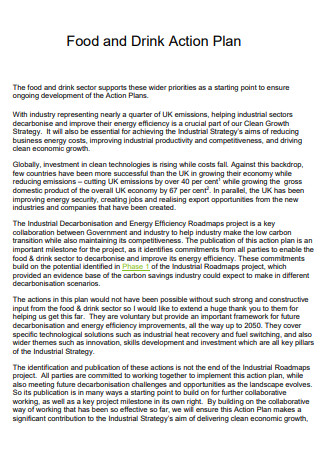
Food And Drink Action Plan
download now -
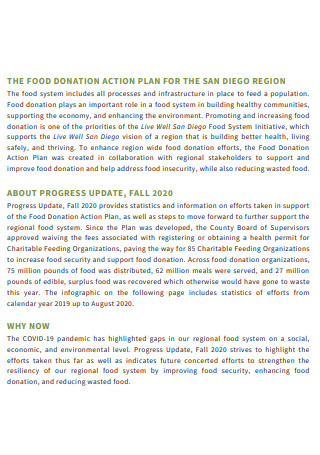
Food Donation Action Plan
download now -

Healthy Beverage Action Plan
download now -
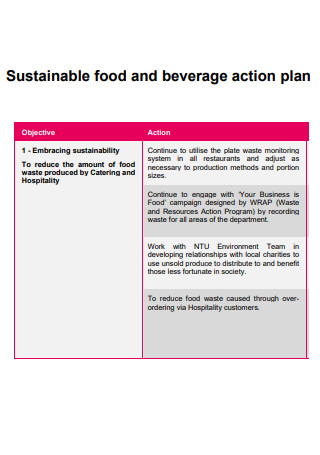
.Sustainable Food And Beverage Action Plan
download now -
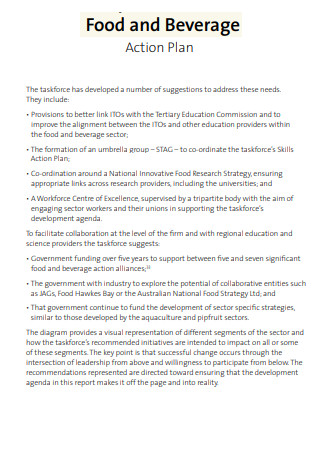
Food And Beverage Action Plan
download now -
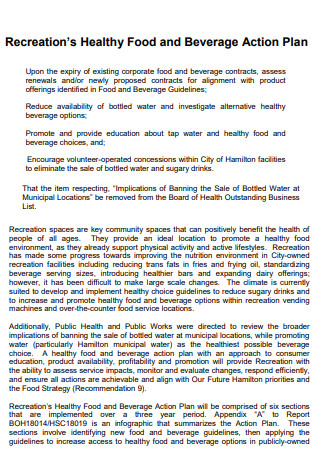
Healthy Food and Beverage Action Plan
download now -
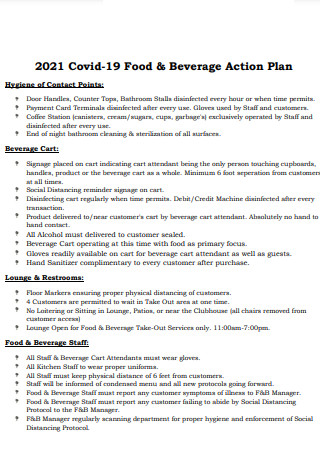
Covid-19 Food & Beverage Action Plan
download now -
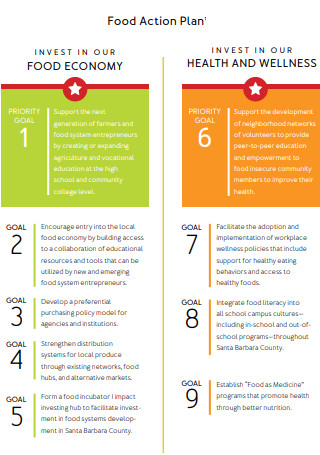
Sample Food Action Plan
download now -
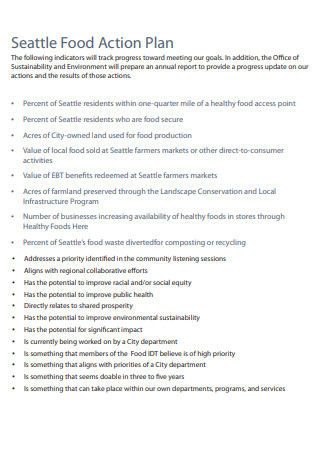
Food Action Plan Example
download now -
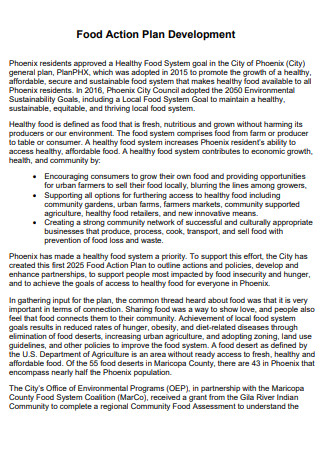
Healthy Food Action Plan
download now -
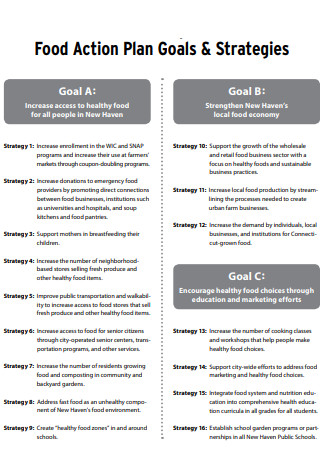
Food Action Plan Goals And Strategies
download now -
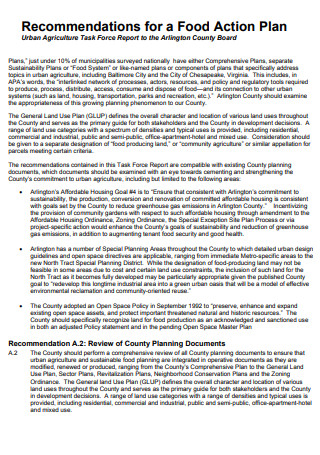
Recommendations for a Food Action Plan
download now -
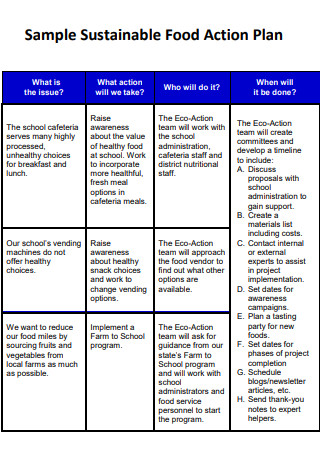
Sample Sustainable Food Action Plan
download now -
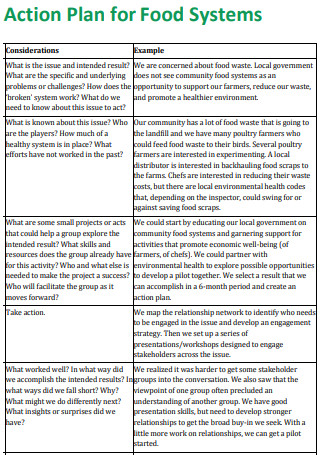
Food System Action Plan
download now -

Food Service Emergency Action Plan
download now -

Food and Nutrition Policy Action Plan
download now -
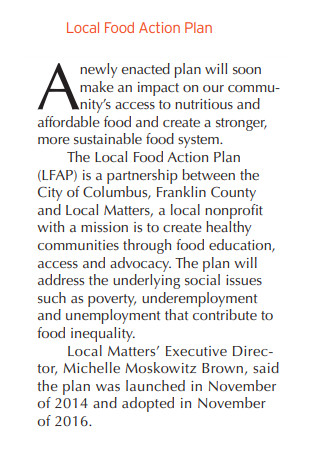
Local Food Action Plan
download now -
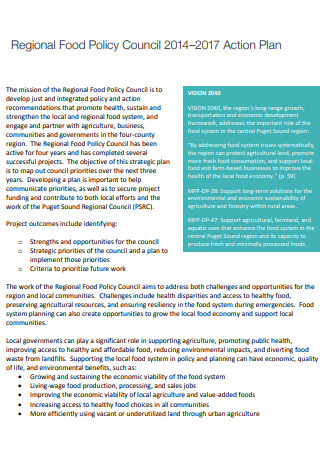
Regional Food Policy Action Plan
download now -
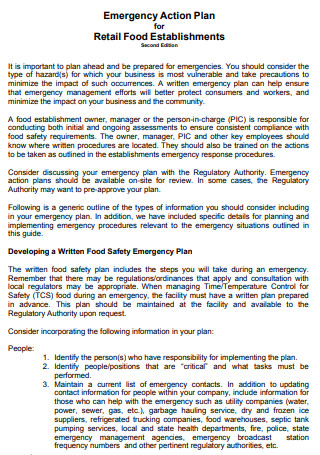
Retail Food Action Plan
download now -
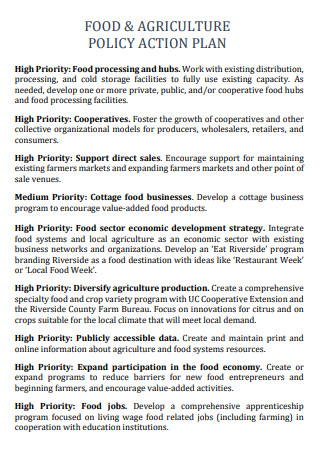
Food And Agriculture Action Plan
download now -
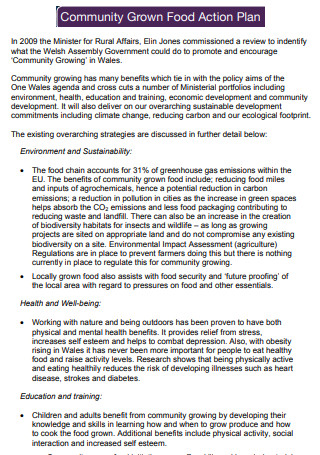
Community Grown Food Action Plan
download now -
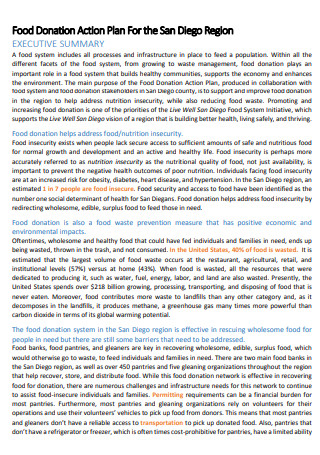
Standard Food Action Plan
download now -
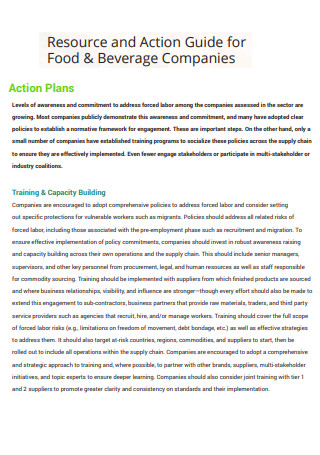
Food And Beverage Resource Action Plan
download now
FREE Food And Beverage Action Plan s to Download
22+ SAMPLE Food And Beverage Action Plan
What Is A Food and Beverage Action Plan?
The Essentials of an Effective Food and Beverage Action Plan
How to Create a Food and Beverage Action Plan
FAQs
How important is an action plan in the food and beverage business?
What other types of industries are part of the food and beverage business?
What are the skills needed when entering the food and beverage industry?
What Is A Food and Beverage Action Plan?
Let’s define first what an action plan is. An action plan is the process of outlining specific steps to take in order to achieve a certain goal or objective. Compared to strategic planning, an action plan is more specific, itemized, and detailed, with an identified timeline to reach the goal. A food and beverage action plan is the action steps taken to reach a specified goal in a given timetable within a certain food and beverage industry. According to a website article of The Working Centre, “The food and beverage industry includes restaurants, cafeterias, cafés, fast-food joints, pubs, delis, food manufacturing operations, catering business reports, food transportation services, and more. Work in this industry can range from packaging to preparing, transporting, and serving food or beverages.” In a USDA Economic Research Service 2021 article, it states that, “There are many food and beverage processing establishments (plants) in the United States-36,486, owned by about 31,401 companies in 2017, according to the most recent comprehensive data in the Census Bureau’s 2017 Economic Census.”
The food and beverage industry is a force to be reckoned with in the business world. Anyone who knows their food and wants to grow their name along with their cooking skills wants to join in the food and beverage bandwagon. Our food entrepreneur in our example here wants to put up a restaurant business. Having a food and beverage action plan provides the entrepreneur the opportunity to measure how well their restaurant business would fare in the food and beverage industry. It provides focus and clarity. The action plan also helps analyze the strategies and actions items, checking to see if they are achievable or not. For the food and beverage business, a sample goal would be in the form of a sales goal in a given timeframe. The goal could also be in the form of recognition of the restaurant. Overall, having an action plan is vital in the food and beverage business.
The Essentials of an Effective Food and Beverage Action Plan
Like all kinds of planning, you need to have key elements in place to make your plans successful. Same with the food and beverage industry. We ask ourselves what does it take for a food and beverage business to be successful. Read on to find out more about what are the essential elements needed for an effective food and beverage action plan.
How to Create a Food and Beverage Action Plan
Now that we have laid out what are the essential elements that make up an effective food and beverage action plan, it’s time to create that action plan itself. As what we have mentioned, your food and beverage action plan serves as a roadmap in achieving your goal in the food and beverage business. It identifies steps that need to be taken and measures the progress and the achievability of the goal. There are a lot of existing action plan templates available out there, but the thing is, there are no strict guidelines or formats you need to follow in order to make one. Just keep in mind the following steps below when making your food and beverage action plan, and you’re good to go.
Step 1: Identify your Goal
Start by creating a table. At the very top of the table, sort of a headline, write down what is your specific goal for your food and beverage business. The example we have mentioned was a sales target goal. For a sales target goal, write down the amount you wanted to achieve within a specific time period. Include the reason why you wanted to achieve that sales target goal. The reason could be in the form of a mission statement. In our example, you wanted to put up a food and beverage restaurant business that serves home cooked comfort food dishes along with your own signature beverage. What was the motivation behind the idea? Answer this question and write them down together with your goal.
Step 2: Propose Action Steps in a Timetable Setting
Write down the action steps, or tasks, that needed to be done. These tasks should be aligned with your end goal. Prioritize which tasks come first and set a deadline for each task. For example, your sales target goal should be achieved by the end of the year. You can organize the action steps or the activities in timeframes such as by month, by quarter, or by every six months. In the table that you have created, make a column or a row, whichever suits you, and identify in each column the action steps. Make sure that the actions steps are organized according to priority. For example, you plan to have a monthly activity. In the first column that serves as your first month, your first task in generating sales is through promotion and advertising. Write down the specific name of that first month’s activity on the first column. You could write down flyering, social media campaigns, advertising brochures, or promotions offering. Include in your ads what are the promos you are offering, including a list of your signature food and drinks. Specify the start and end date of each activity. Do the same for each activity and for the rest of the months.
Step 3: Indicate Required Resources for each Action Steps
Of course, in order for your activities to be doable, you need to have the proper support and resources in place. This could be in the next row, or column, adjacent to the action steps. For your advertising activity in the first column, your resources could be in the form of manpower, or the team or individuals assigned to do advertising. Write down their names and advertising tasks they’re assigned. Write down the equipment or materials they need. Resources could also be the sample dishes and drinks as a give away from your restaurant. Resources could also be in the form of a marketing budget. Check if you have sufficient supply of ingredients and drinks needed for the promotional campaigns.
Step 4: Monitoring Activity Progress and Foreseeing Potential Issues
Next to the required resources column is where you write down your review of each activity and the potential problem that may arise. This could help you prepare for the unforeseen circumstances that could hinder you from your progress. Write down what are your observations per activity. Was the team doing well? Were they able to get more people to dine in the restaurant? Was your team able to generate more attention to your food and beverage business, both offline and online? Were they getting asked more about your restaurant’s signature food and drinks? Possible issues that could prevent you from performing each activity might be environmental, such as weather conditions, or could be sudden lack of manpower because one of the team members goes on leave, or it could be budget issues such as overspending.
Step 5: Write Down the Result
Designate another column in your table for the result or outcome per activity. For example, did the advertising generate more sales in your business? Did the number of diners or walk-ins increase over the past month? Write down the net amount of how much your sales increased within that month’s activity. Write down which of your signature dishes and beverages was saleable or the most sought after. You can also do a computation in this part of how much is the total gross and balance you needed to accomplish to reach your end-year goal. Doing so can help you determine if that month’s activity was successful or not, so that you can make some adjustments or improvements in your next month’s activity.
FAQs
How important is an action plan in the food and beverage business?
An action plan is important because it puts into concrete action the whole business operation, including the strategies that are laid out in the marketing plan. It gives solid details of what tasks need to be taken, provides a timeline, and helps measure the success of the food and beverage business.
What other types of industries are part of the food and beverage business?
Aside from the restaurant business, other food and beverage industries are the raw food materials and alcoholic and nonalcoholic drinks packaging and distribution through retail outlets such as groceries and supermarkets. It could also be catering services, fast food outlets, food processing and manufacturing, et cetera.
What are the skills needed when entering the food and beverage industry?
First, you need to be very knowledgeable about food and drinks overall. This can range from knowing food processing, raw food materials, a wide diverse knowledge on beverages, both alcoholic and nonalcoholic, and also accessibility of these resources. Cooking skills is the top skill needed in the food and beverage industry. Also, if you plan to put up a bar, you need to be very knowledgeable on the wide selection of beverages, and also on the different mixes involved. You also need to have some business and management skills to run your business operation.
As an aspiring food entrepreneur, getting into the food and beverage industry could take a lot more effort than just having the right amount of cooking and drink mixing skills. You need to have the passion that drives forward your business into becoming successful. Your knowledge on food and drinks should at least be wide and diverse, and you need to have that dream goal to guide and motivate you along the way. The perfect tool for you to succeed in the food and beverage industry is to have the right action plan. Check out and use one of our food and beverage action plan templates now, and see how our templates can assist you in your food and beverage entrepreneur journey!
